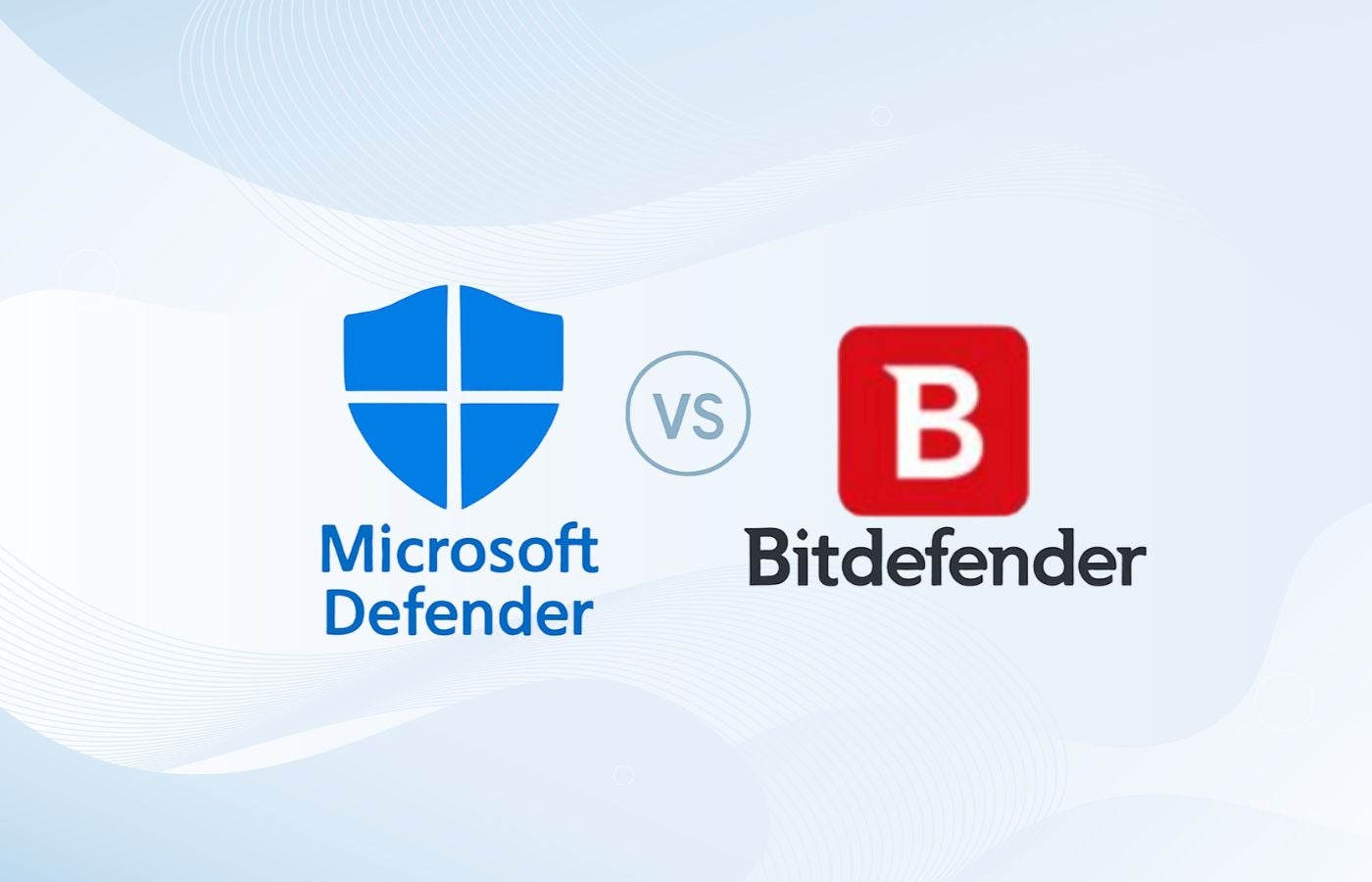SQL injection is one of the oldest tricks in the hacker’s playbook… but it still works.
With just a few keystrokes, an attacker can force your database to spill its secrets, from usernames and passwords to credit card data. For businesses, this kind of breach means financial loss, legal trouble, and severe reputational damage.
The scary part? SQL injection is relatively easy to prevent but remains prevalent due to lazy coding, outdated frameworks, and inadequate input validation.
Let’s fix that.
Featured Partners
eSecurity Planet may receive a commission from merchants for referrals from this website
Quick fix: 6 ways to block SQL injection fast:
- Validate all input before it reaches your database
- Use parameterized queries or prepared statements
- Enforce principle of least privilege on database accounts
- Keep your software stack patched and up to date
- Use a Web Application Firewall (WAF)
- Encrypt sensitive data to limit breach impact
1. Validate all input before it reaches your database
Never trust user input, even if it seems harmless. SQL injection thrives on poor input validation, especially when data is accepted without checks for type, format, or length.
Input validation is your first line of defense. Make sure user input is clean, expected, and tightly controlled. Validate against whitelists wherever possible (e.g., accepted characters, value ranges), and reject anything unexpected before it’s ever passed to a query.
Tip: Combine input validation with parameterized queries for maximum protection. Validation filters out junk, and parameterization ensures what’s left can’t be executed as SQL.
2. Use parameterized queries (prepared statements)
Stop building SQL queries like you’re copying and pasting from user input. When you concatenate strings to create queries, attackers can inject malicious code into your database.
Parameterized queries separate user input from SQL logic, neutralizing any injected syntax. Virtually every modern programming language and framework supports this.
Example in Python:
cursor.execute(“SELECT * FROM users WHERE email=?”, (email,))
This simple change makes a huge difference. It could be the reason your app doesn’t become a cautionary tale.
3. Apply the principle of least privilege
Don’t give your database user the keys to the kingdom. If your app only needs to read data, don’t allow write, update, or delete privileges. If it needs to update records, it shouldn’t be able to drop tables.
Limiting access minimizes the damage if someone does find a way in. It also helps isolate flaws in specific parts of your application.
Best practice: Create separate DB users for different parts of your app—each with only the permissions they need.
4. Keep your stack updated
Attackers love outdated software. If your database server, web framework, or CMS hasn’t been updated recently, you’re likely missing critical security patches.
Tools like Tenable and Sophos can continuously scan your infrastructure for unpatched vulnerabilities and outdated dependencies.
Tip: Set up automatic alerts or schedule patch cycles to stay ahead of exploit kits targeting known SQL injection vulnerabilities.
5. Deploy a web application firewall (WAF)
Think of a WAF as your app’s security bouncer. It analyzes incoming traffic and blocks malicious requests, including SQL injection payloads, before they reach your code. That includes more advanced techniques, such as fragmented or obfuscated SQL injections, which are designed to bypass simple input filters.
Some consumer-friendly security platforms, such as Norton and Avast, offer web protection layers that function similarly to WAFs for small business sites or WordPress installations.
Remember: Advanced sites should consider enterprise-grade WAFs, especially if handling sensitive customer data or large traffic volumes.
6. Encrypt sensitive data
Encryption doesn’t stop SQL injection, but it limits the damage that can be caused. If an attacker manages to extract your database contents, you want the data to be useless to them.
Store passwords securely by hashing them with strong, one-way algorithms such as bcrypt or Argon2, and use symmetric or asymmetric encryption for sensitive records like financial data or PII.
Tools like NordLocker or Keeper make it easier to encrypt files and credentials, especially in remote or distributed environments.
Stop SQL injection before it starts with these tools
Code is your first defense, but it’s not your only one. These tools help you detect vulnerabilities, protect sensitive data, and secure your development workflow.
Encryption & credential managers
- NordLocker: End-to-end encryption for sensitive files
- Keeper: Password manager with breach monitoring
- LogMeOnce: Identity and access management with built-in MFA
- LastPass: Credential vault with sharing features for teams
Threat & vulnerability detection
- Tenable: Vulnerability management and threat exposure analytics
- Sophos: AI-driven endpoint protection and real-time scanning
- Trend Micro: Cloud, endpoint, and workload security
- Malwarebytes: Strong anti-malware and exploit protection
VPNs for secure development
- NordVPN: Fast, secure VPN ideal for devs and remote workers
- Surfshark: Connect unlimited devices and block trackers
- TunnelBear: Easy-to-use VPN with a free plan
- Private Internet Access: Advanced configuration options for developers
- PrivateVPN: Simple and affordable with strong encryption
Final thoughts
SQL injection isn’t going away. But with just a few smart moves, starting with parameterized queries and least-privilege access, you can stop these attacks before they ever reach your data.
Take action today: audit your codebase, scan for vulnerabilities, and encrypt everything that matters.
Security isn’t one big fix. It’s a habit.




